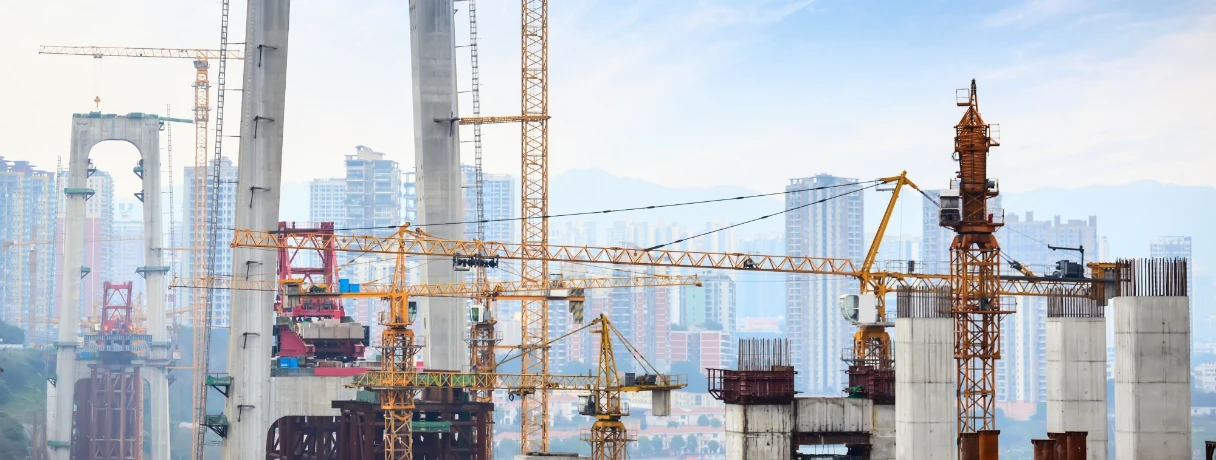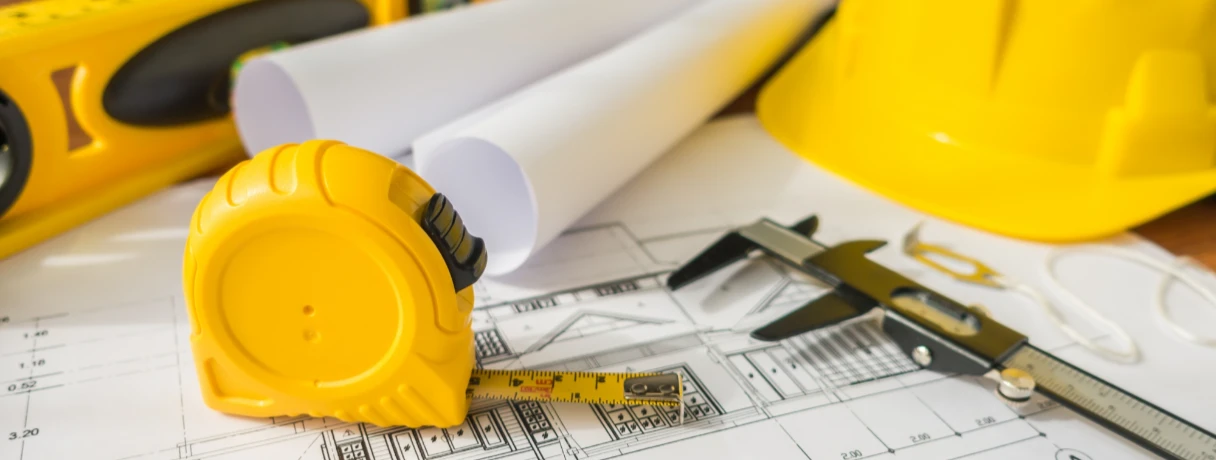Before any blueprint becomes reality, you need to know what’s happening on the ground.
A site survey in construction is the first, crucial step before a project kicks off. It involves inspecting and measuring the land, noting its shape, boundaries, slope, soil conditions, and nearby structures.
Think of it as the foundation of informed decision-making. It tells you whether your plan will actually work on that piece of land or not.
Key Objectives of Conducting a Site Survey
A proper site survey helps you:
- Understand terrain, soil, and drainage conditions.
- Confirm property boundaries and ownership lines.
- Identify risks like unstable ground or flood-prone areas.
- Ensure the site meets zoning and legal requirements.
- Plan accurate estimates for materials and labor.
According to the Royal Institution of Chartered Surveyors (RICS), a site survey is a “critical risk assessment tool” that supports design, safety, and cost planning.
Why Are Site Surveys Critical for Construction Project Success?
Skipping or rushing a site survey is like driving blindfolded—you might move fast, but the crash will cost you more.
Mitigating Risks and Avoiding Costly Delays
Site surveys uncover potential issues early—like underground utilities, weak soil, or drainage challenges—so you can plan fixes before construction begins. Catching these problems later can stop work and burn through your budget.
Informing Design and Planning Decisions
Architects and engineers rely on survey data to make smart design choices. For instance, a steep slope might need a retaining wall. A poor soil report may lead to redesigning foundations.
When you have solid site data, your project drawings match the reality of the land, not assumptions.
Ensuring Regulatory Compliance and Safety
Every construction project must follow state and local codes. A site survey ensures your design aligns with zoning laws, setback limits, and environmental rules.
It also flags safety hazards—like nearby power lines or unstable terrain—before they become site incidents.
Optimizing Resource Allocation and Budgeting
With a clear site map and soil data, estimators can calculate materials and costs more accurately. That means fewer surprises, less rework, and stronger bids.
Many contractors say a detailed pre-construction survey saves weeks during execution and helps them submit tighter, more competitive bids.
And when paired with AI-based takeoff software like Beam AI, that precision goes even further.
Beam AI automates material takeoffs and integrates survey data into estimating workflows—so project teams can quickly translate site insights into accurate quantities, costs, and bid submissions. It bridges the gap between what’s measured on-site and what gets built on paper.
The Comprehensive Process of Conducting a Site Survey
Every survey follows three broad phases. Each step ensures the information collected is accurate, relevant, and actionable.

Key Types of Site Surveys in Construction
Different projects require different kinds of surveys. Here are the most common ones contractors and engineers deal with:
1. Topographical Survey
This survey measures natural and man-made features—like slopes, trees, buildings, and drainage lines. It’s essential for grading and design planning.
2. Boundary Survey
Defines the exact legal property lines of the land. It’s used to resolve disputes, confirm ownership, and ensure your project stays within the plot.
3. Geotechnical Survey
Examines soil and rock beneath the site. Engineers use this data to design foundations that can handle the expected load safely.
4. Environmental Survey
Assesses environmental risks like contamination, water runoff, or vegetation impact. This is crucial for meeting environmental regulations and obtaining permits.
5. As-Built Survey
Conducted after construction, it verifies that the structure matches approved design plans.
Contractors use these to validate work completion and prepare final documentation.
6. Structural Survey
Evaluates the strength and stability of existing structures before renovation or extension work.
Each type serves a unique purpose but contributes to one goal—reducing surprises during construction.
Tools and Technologies Used in Modern Site Surveys
The days of measuring tapes and compasses are long gone. Modern site surveys use technology for speed and precision:
- GPS and GNSS equipment for accurate positioning
- Drones for aerial mapping and 3D site visualization
- LiDAR scanners for high-resolution surface data
- Total stations for angle and distance measurement
- GIS software for spatial analysis and data layering
Similarly, takeoff automation tools like Beam AI use AI to process survey-based drawings and blueprints, helping estimators and contractors turn site data into quantity takeoffs within hours.
It’s how modern teams connect the dots between what’s measured on-site and what’s estimated in the office.
Who Conducts a Site Survey?
A site survey is typically handled by licensed land surveyors and civil engineers, depending on the survey type.
- Land surveyors handle measurements, mapping, and legal boundary confirmation.
- Geotechnical engineers test soil and sub-surface conditions.
- Environmental engineers check for compliance with environmental norms.
- Project managers review reports and integrate findings into the project plan.
Each professional plays a part in making sure the survey data is reliable and actionable.
Key Deliverables of a Comprehensive Site Survey Report
A professional site assessment report or building site survey typically includes:
- Location maps and boundary details
- Elevation and contour maps
- Soil test results and ground condition notes
- Environmental findings and safety observations
- Recommendations for design and construction planning
For large commercial or infrastructure projects, the report may also include a geodetic survey, a highly precise measurement aligned with global coordinate systems for large-scale mapping.
Conclusion: The Indispensable Foundation for Successful Construction Projects
A thorough site survey in construction isn’t just a box to check. It’s what separates a project that runs smoothly from one that constantly hits roadblocks.
When done right, it saves time, prevents rework, improves design accuracy, and ensures compliance with regulations. It’s the first and most important investment toward a successful build.
And when paired with smart tools like Beam AI, that foundation gets even stronger. You get real-time visibility from survey to takeoff, enabling faster, more accurate bids and smoother project delivery.
Before you pour concrete or bid on a new site, invest in a complete survey. It’s the smartest insurance you can buy for your project’s success.

.png)









.webp)


.webp)

